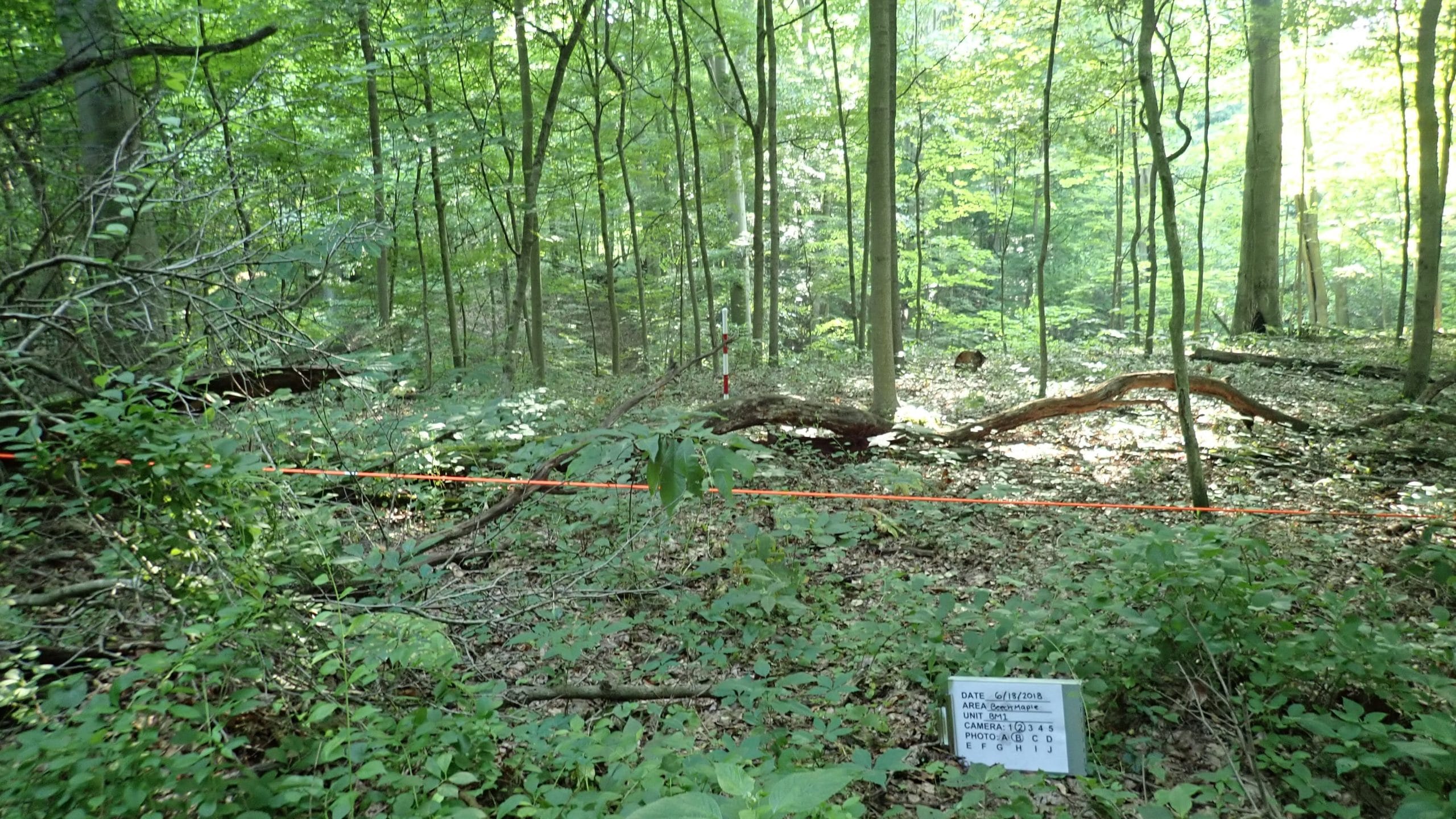

The darkness of the forest seems quite alluring on these hot and humid days. The fresh growth of large green leaves brings welcomed relief from the beating sun. It’s here in the shaded area that you can find American Squawroot (Conopholis americana). Most plants along the forest floor are competing for limited sunlight in the slow motion battle of ‘who can grow faster towards the gap in the canopy’. However, rather than undergoing photosynthesis, this parasitic plant uses specialized roots (haustoria) to feed itself from the roots of oak trees. I know most of us hear “parasite” and think of leeches and ticks. Did you know that plants can suck the nutrients from other plants? Rather than using energy on chlorophyll, it surreptitiously absorbs nutrients underground for four years until it finally pushes its stems above ground. The odd looking scaled stems pop up in clusters above the plundered oak root. Because of its unique look, squawroot is often mistaken as a fungus in any of its above ground stages. Squawroot produces flowers in the spring, creating what looks like a cream-colored pine cone village for the local fairies (pic 1). Pollinators such as flies and bees feed from the flowers, forming a seed capsule with multiple seeds in each scale (pic 2). The plants become more and more brown with time, and if you find them in the winter, you would think the poor fairies’ village had been burnt to a crisp. Some squawroot will reseed themselves, while other seeds are dispersed to new locations by foraging deer and other mammals. Another parasitic plant found in the area is beechdrop (Epifagus virginiana). Like squawroot, it is in the Orobanchaceae family, but it parasitizes beech trees rather than oaks (pic here). Squawroot may steal energy from the oak trees it parasitizes, but is not considered to be detrimental. It could only cause serious harm if the oak had a preexisting disease or illness. I encourage you to enjoy a hike in the forest shade and try to find these unique plants!
~Tracy





